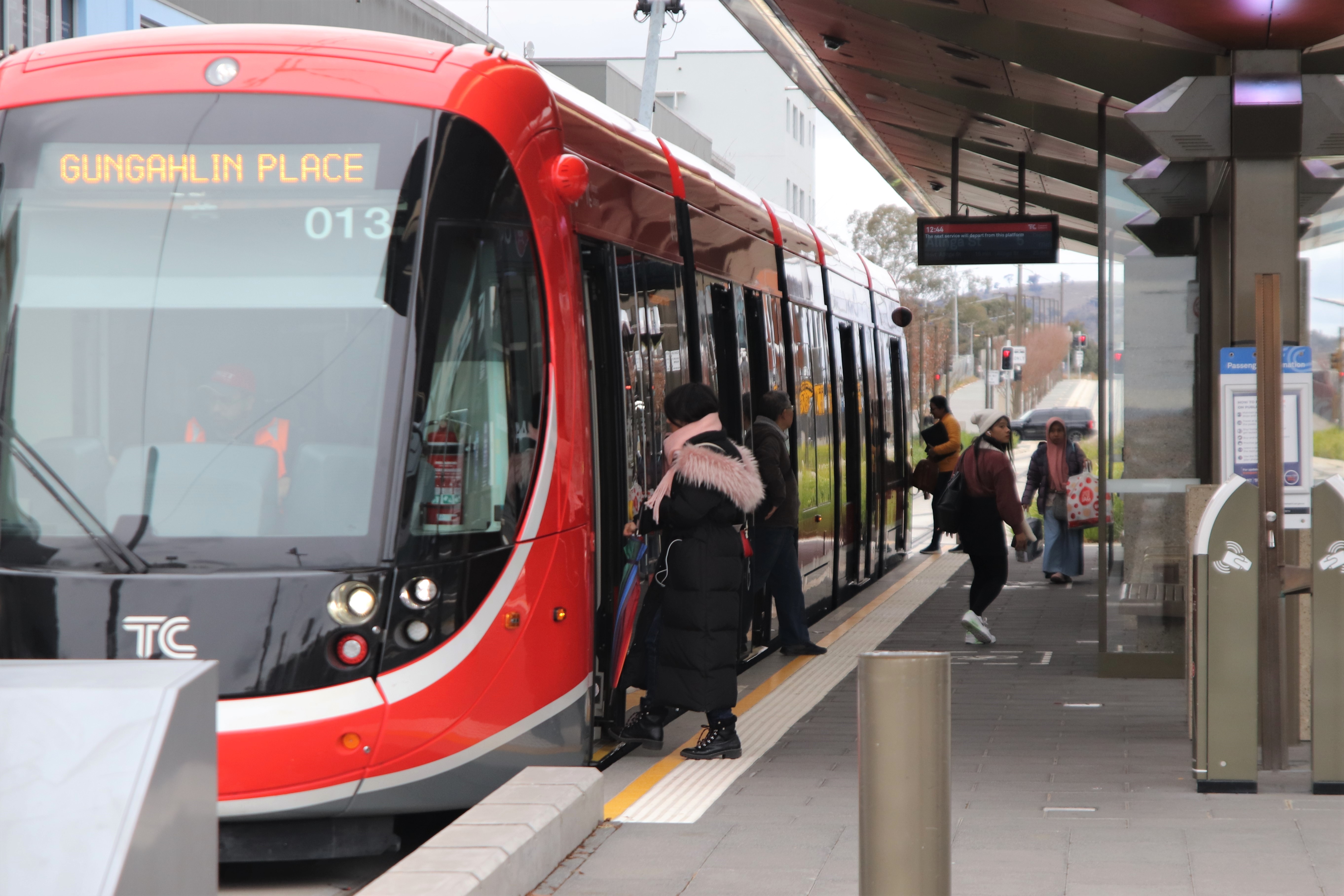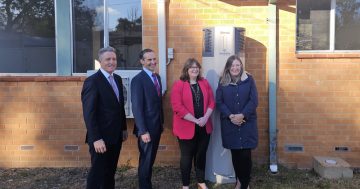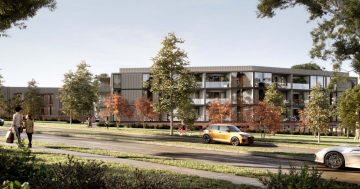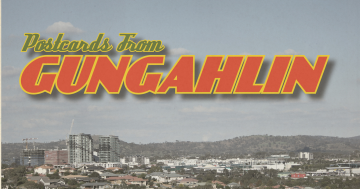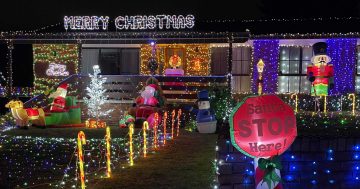Since it first “opened for business” in 2008, Forde has developed into a thriving suburb of the Gungahlin region, where the population almost doubled between 2011 and 2016.
It’s an area where lifestyle is the focus with 29 per cent of the region devoted to open space, and young families have moved in to establish themselves in life.
Now Forde is coming of age. From 2011 to 2016 Forde expanded rapidly, increasing from 2324 residents to 4308 according to the latest Census.
So, let’s investigate further how Forde has developed in recent years.
Who lives in Forde?
Forde is a suburb primarily consisting of young families, where the median age of 33 is five years below the national norm. Thirty per cent of residents are children aged younger than 15, and 21.2 are younger than nine. That’s a stark difference to the Territory and national averages where approximately 12% of the population is aged younger than nine, and 18% is under 14. Only 3.7 per cent of Forde residents are aged above 65.
That indicates the population who were here in 2011 have generally remained, with more young families joining their ranks over recent years. In 2011, the suburb had a median age of just 30, some seven years younger than the national figure, and even then a baby boom was afoot with 22.5% of residents younger than nine.
By far, the majority of households (87%) contain families, with couples and children the most likely family composition. Most residents aged over 15 (64.8%) are married, 6.3% are divorced, 2.4% are separated and 24.9% have never been down the aisle.
Around two thirds (66.5%) of family households are couples with children, who have on average 1.9 children each. Around a quarter (24.1%) are couples, and 8.7% are single parent homes.
How Forde residents fare financially
With a median household income of $2944, Forde residents are doing more than twice as well as the national norm ($1438) and significantly better than their ACT peers ($2070). In fact, almost half of those in the suburb (48.6%) have a gross income in excess of $3000 weekly, compared to a national average of 16.4% and a Territory figure of 28.4%.
Forde residents are also doing better than they were in 2011. Then the median income was $2687, and 39.1% were taking home more than $3000 gross each week.
Notably, however, Forde residents now also have more spare change in their pocket than they did in 2011. Then, the monthly mortgage was $2817 ($1000 above the national norm, and $650 above the Territory median), but in 2016 this had decreased to $2600, ($845 above the national norm and $542 above the Territory median).
Meanwhile weekly rent has also decreased a little. In 2011 Forde residents paid a median weekly rental fee of $520 (compared to $285 nationally and $380 in the ACT). Now they fork out $510 compared to $335 nationally and $380 in the ACT.
How Forde residents live
The housing stock of Forde has increased from 872 residences in 2011 to 1446 in 2016, and the majority of people own their own homes.
Like many in Gungahlin, Forde residents embrace the modern Australian dream. Here, the homes are far larger than the traditional norm. Over two thirds boast four bedrooms or more, and the majority are free-standing. In fact, 80.8% of properties are free-standing homes, 17.6% are semi-detached or townhouses, and only 1.4% are units.
However, this marks a slight change from 2011 when 84.6% of residences were separate dwellings, 13% were townhouses, and 2.4% were units.
In 2016, 69.4% of homes had four bedrooms or more, 23% had three bedrooms, 5.4% were two-bedroom accommodation, and only 1.1% were one-bedroom abodes.
And most people own their own homes. Just under two thirds (62.6%) of the Forde population is paying a mortgage, and 12.8% of residents own their property outright. This marks an outright home ownership increase on 2011 when 8.2% owned their property outright.
The percentage of renters has also increased in recent years. In 2011, only 18.5% of Forde residents rented their accommodation compared to a national figure 29.6% and a Territory statistic of 30.6%. In 2016, the percentage of renters rose to 23%, compared to 30.9% nationally and 31.8% for the ACT.
Where Forde residents come from
Two thirds (66.3%) of Forde residents were born in Australia, and that figure has changed little since 2011 when 69.5% of residents listed Australia as their country of birth. For those who have immigrated here, the top countries of birth are India (4.8%), China (3.7%), England (3.2%), South Africa (1.5%) and Sri Lanka (1.3%).
Meanwhile, English is the only language spoken in the majority (66.5%) of homes. Other languages spoken at home included Mandarin (4.6%), Croatian (2.2%), Hindi (2.0%), Telugu (1.7%) and Cantonese (1.6%).
The final word
Forde is a relatively affluent Gungahlin suburb for young, professional families who are establishing themselves in life. It features an enviable reputation where open space and large houses abound, and as a result it has attracted a significant population increase in recent years.





